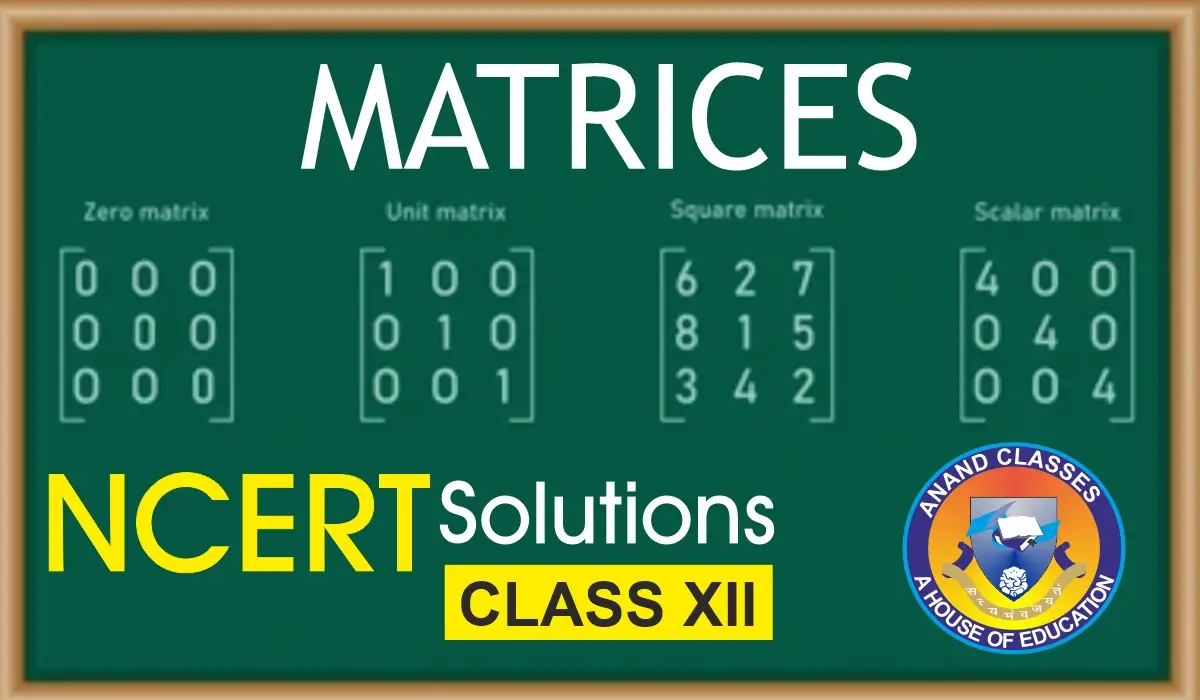Anand Classes Notes of Metals, non-metals, and metalloids are distributed in the periodic table according to their electronic configuration and chemical properties. Metals occupy the left and central portions of the table, non-metals are located on the right side, and metalloids lie along the zig-zag line separating the two. Understanding their position helps explain periodic trends such as metallic and non-metallic character, reactivity, and the types of oxides they form — an important topic in Class 11 Chemistry, JEE, and NEET.
Table of Contents
📘 Position of Metals and Non-Metals in the Periodic Table
1️⃣ General Arrangement in the Periodic Table
- The modern periodic table is arranged in 18 groups (vertical columns) and 7 periods (horizontal rows) according to increasing atomic number.
- Metals, non-metals, and metalloids are distributed across the table based on their electronic configuration and properties.
2️⃣ Metals in the Periodic Table
Position:
- Located on the left and center of the periodic table.
- Found in:
- s-block (Groups 1 & 2) → Alkali metals, Alkaline earth metals.
- d-block (Groups 3–12) → Transition metals.
- Lower part of p-block → Post-transition metals (e.g., Al, Ga, In, Sn, Tl, Pb, Bi).
- f-block → Lanthanides & Actinides (all metallic).
Characteristics of Metals:
- Good conductors of heat & electricity.
- Malleable, ductile, and lustrous.
- Tend to lose electrons → form cations.
- Oxides are mostly basic in nature.
3️⃣ Non-Metals in the Periodic Table
Position:
- Located on the right side of the periodic table (except Hydrogen).
- Found mainly in upper part of p-block (Groups 14–18).
- Examples: C, N, O, F, P, S, Cl, Se, Br, I, noble gases.
- Hydrogen → in Group 1 but behaves like a non-metal.
Characteristics of Non-Metals:
- Poor conductors of heat & electricity (except graphite).
- Brittle in solid form.
- Tend to gain electrons → form anions.
- Oxides are mostly acidic in nature.
4️⃣ Metalloids
Position:
- Located along the zigzag line (stair-step) dividing metals and non-metals.
- Common metalloids: B, Si, Ge, As, Sb, Te, Po.
Characteristics of Metalloids:
- Exhibit properties of both metals and non-metals.
- Electrical conductivity is intermediate (semiconductors).
5️⃣ The Zig-Zag Line in Periodic Table
- Separates metals (left/below) from non-metals (right/above).
- Elements along the line are metalloids.
- Starts from Boron (B) in Group 13 and runs diagonally to Astatine (At) in Group 17.
6️⃣ Trends Across a Period
- Metallic character decreases from left to right.
- Non-metallic character increases from left to right.
- Reason: Increasing nuclear charge → greater tendency to gain electrons.
7️⃣ Trends Down a Group
- Metallic character increases down a group (due to increasing atomic size and easier loss of electrons).
- Non-metallic character decreases down a group.
8️⃣ Summary Table: Position of Metals & Non-Metals
| Category | Position | Example Groups | Examples |
|---|---|---|---|
| Metals | Left & center | s-block, d-block, lower p-block | Na, Ca, Fe, Cu, Al, Sn |
| Non-Metals | Right side | Upper p-block | O, N, Cl, Ne, Br |
| Metalloids | Zig-zag line | p-block | B, Si, As, Te |
9️⃣ Exam-Oriented Key Points
- Hydrogen → Group 1, non-metal, unique behaviour.
- Noble gases → Group 18, chemically inert non-metals.
- Transition metals → Groups 3–12, d-block.
- Inner transition metals → f-block (lanthanides & actinides).
- Diagonal relationship → Li–Mg, Be–Al (metals with similar properties to non-metals diagonally placed).
FAQs on Position of Metals and Non-Metals in the Periodic Table
Q1. Where are metals located in the periodic table?
Answer: Metals are located on the left and center of the periodic table, covering s-block, d-block, lower p-block, and all of the f-block.
Q2. Where are non-metals located in the periodic table?
Answer: Non-metals are located on the right side of the periodic table, mainly in the upper p-block (Groups 14–18), plus hydrogen in Group 1.
Q3. What is the zig-zag line in the periodic table?
Answer: The zig-zag (stair-step) line separates metals on the left from non-metals on the right. Elements along this line are metalloids.
Q4. Which elements are metalloids?
Answer:
Common metalloids include Boron (B), Silicon (Si), Germanium (Ge), Arsenic (As), Antimony (Sb), Tellurium (Te), and sometimes Polonium (Po).
Q5. How does metallic character change across a period?
Answer: From left to right, metallic character decreases and non-metallic character increases due to increasing nuclear charge.
Q6. How does metallic character change down a group?
Answer:
From top to bottom, metallic character increases due to increasing atomic size and easier loss of electrons.
📚 Buy Study Material & Join Our Coaching
For premium study materials specially designed for JEE, NEET, NDA, and CBSE/ICSE Classes, visit our official study material portal:
👉 https://anandclasses.net.in/
To enroll in our offline or online coaching programs, visit our coaching center website:
👉 https://anandclasses.co.in/
📞 Call us directly at: +91-94631-38669
💬 WhatsApp Us Instantly
Need quick assistance or want to inquire about classes and materials?
📲 Click below to chat instantly on WhatsApp:
👉 Chat on WhatsApp
🎥 Watch Video Lectures
Get access to high-quality video lessons, concept explainers, and revision tips by subscribing to our official YouTube channel:
👉 Neeraj Anand Classes – YouTube Channel


